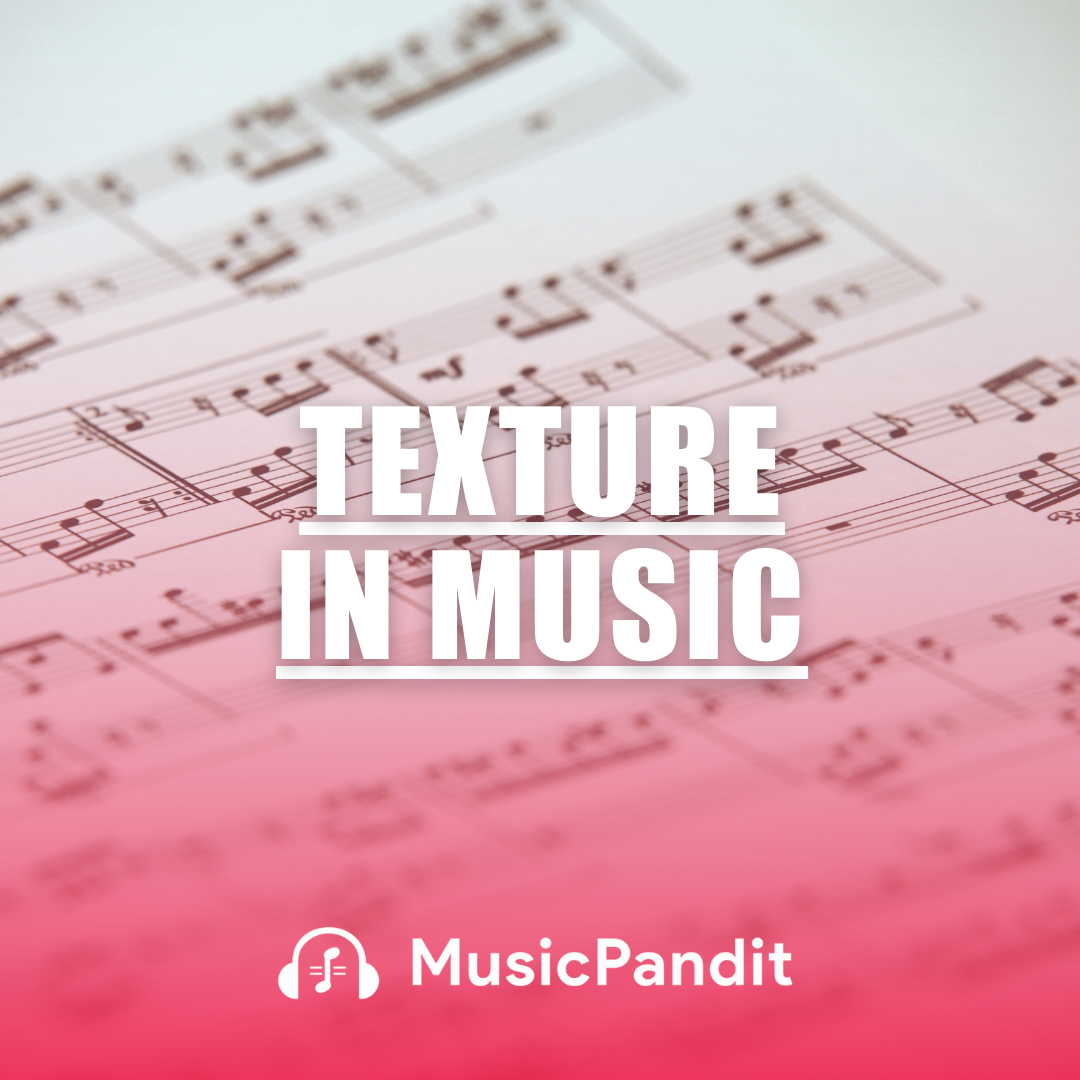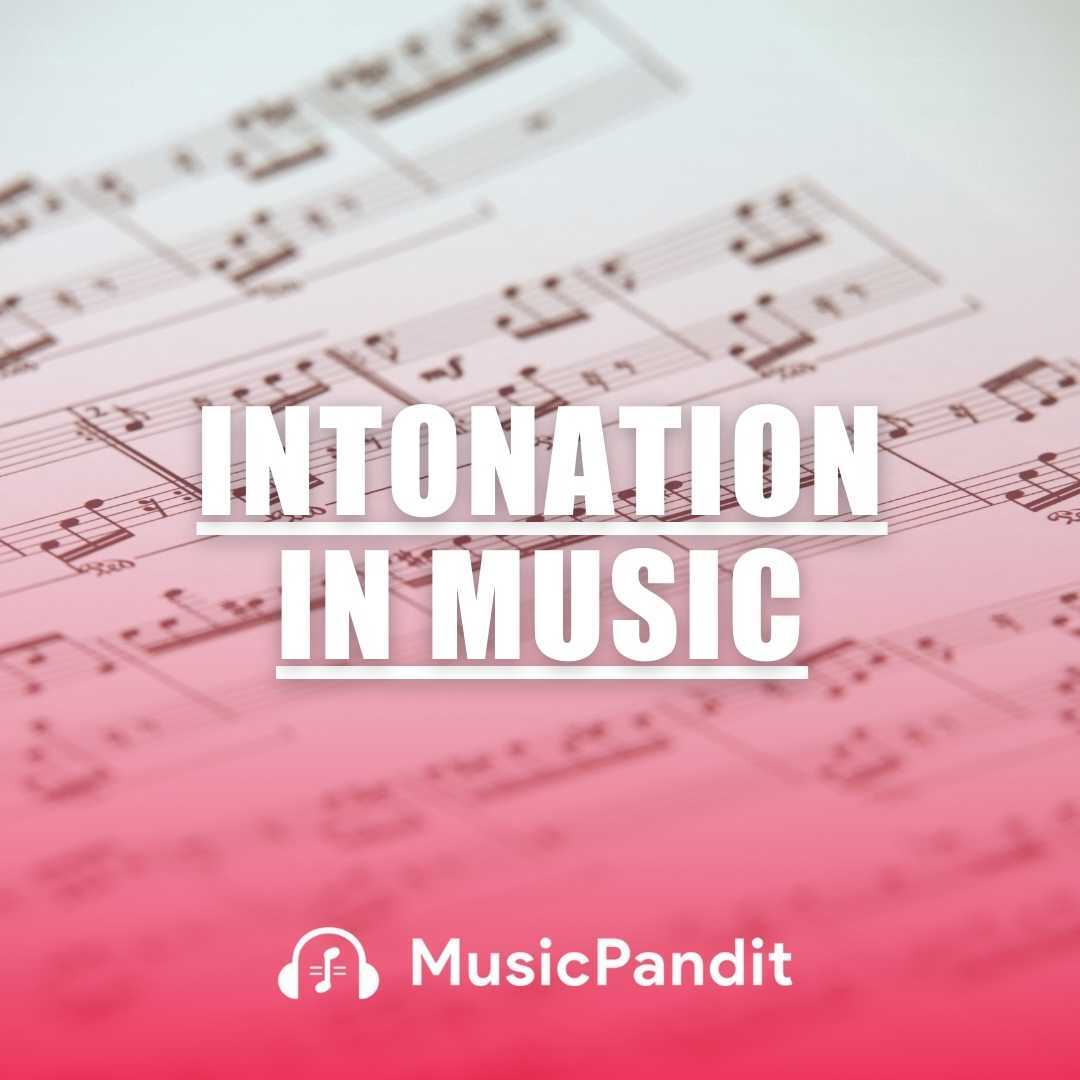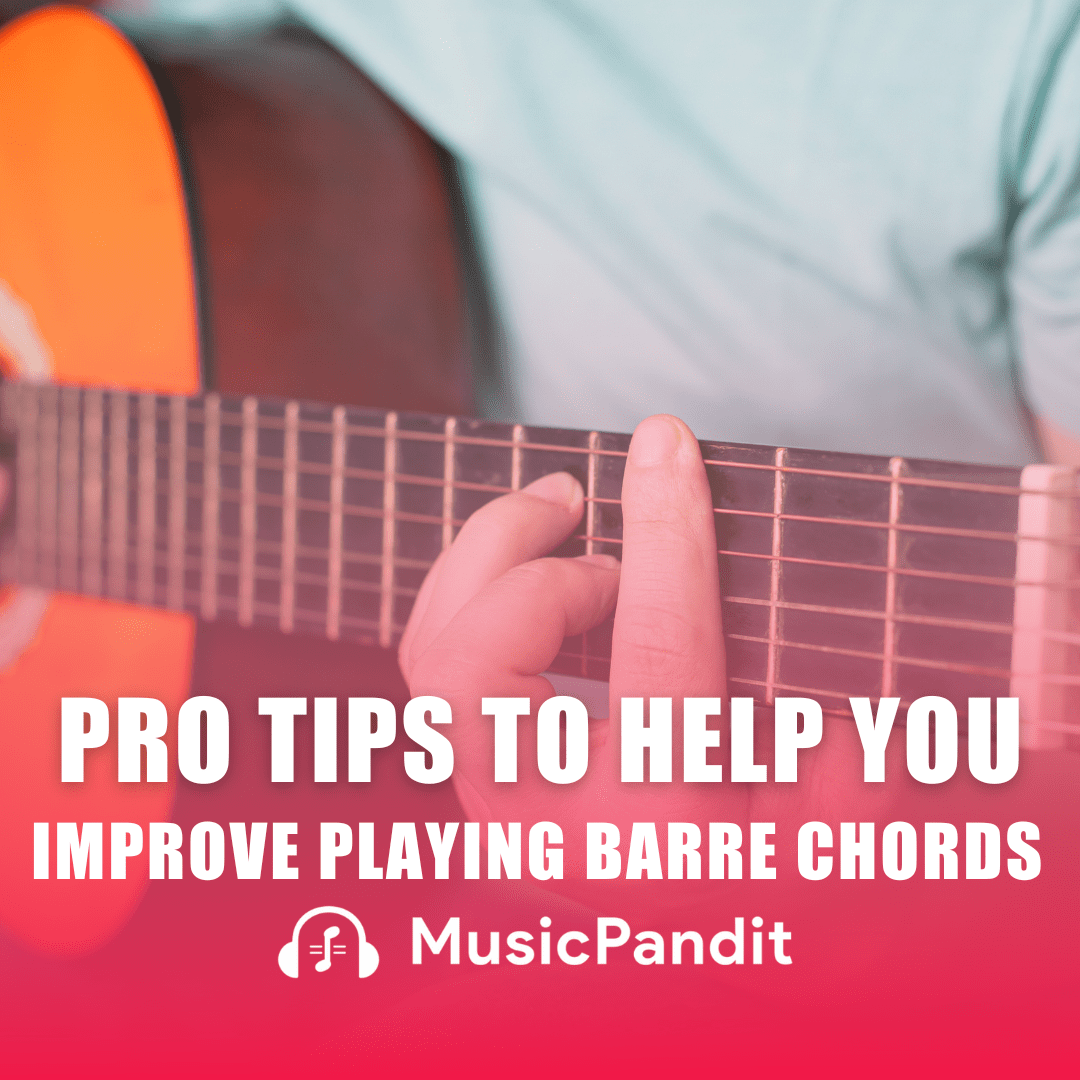Music is like a story, and just like in any good story, the way the events unfold keeps the listener interested. In music, these events are called chord progressions. If you love listening to your favourite songs, you’ve probably noticed how some parts of a song make you feel excited, while others might feel calmer or more intense. This is largely due to the chord progression.
But what exactly is a chord progression? Why is it so important in music? And how can you, as a young musician, learn to understand and use chord progressions in your music? In this guide, we’ll dive deep into the world of chord progressions and explore how they can transform simple chords into a beautiful musical journey.
What is a Chord Progression?
At its core, a chord progression is a sequence of chords played in a specific order. Chords are groups of notes played together, and when you move from one chord to another, you’re creating a chord progression. This progression forms the harmonic backbone of a song, giving it structure, emotion, and a sense of movement.
Imagine you’re building a house. Each chord is like a brick, and the chord progression is how you stack those bricks to create different shapes and designs. Some houses are tall and narrow, while others are wide and spacious. Similarly, chord progressions can be simple or complex, happy or sad, depending on how you arrange the chords.
Importance of Chord Progressions in Music
Chord progressions are vital in music because they help to convey the emotional message of a piece. The way chords are arranged and played in sequence can create a wide range of feelings in the listener. For example:
- A major chord progression often sounds happy or uplifting.
- A minor chord progression might sound sad or mysterious.
- A dissonant chord progression can create tension or unease.
- A consonant chord progression might sound pleasing and restful.
These emotional qualities are why chord progressions are so powerful. They allow composers and musicians to express complex emotions and tell stories through music.
Common Chord Progressions
While there are countless chord progressions, some are used more frequently in popular music because they resonate well with listeners. Here are a few of the most common chord progressions:
I-IV-V-I Progression: This is one of the most common and simplest chord progressions in Western music. In the key of C major, for example, it would be C (I) – F (IV) – G (V) – C (I). This progression is found in many rock, pop, and classical pieces.
ii-V-I Progression: Often used in jazz, this progression has a smooth and pleasing sound. In C major, it would be D minor (ii) – G (V) – C (I).
I-V-vi-IV Progression: This progression is incredibly popular in pop music because it creates a strong emotional impact. In C major, it would be C (I) – G (V) – A minor (vi) – F (IV).
vi-IV-I-V Progression: Known as the “pop-punk progression,” this sequence is widely used in rock and pop genres. In C major, it would be A minor (vi) – F (IV) – C (I) – G (V).
I-vi-ii-V Progression: This progression is often used in ballads and romantic songs. In C major, it would be C (I) – A minor (vi) – D minor (ii) – G (V).
These progressions are popular because they create a satisfying sense of movement and resolution, making them pleasing to the ear.
How to Practise Chord Progressions
Learning chord progressions takes practice, but with the right approach, it can be fun and rewarding. Here are some tips to help you practise:
Start Simple: Begin with the basic I-IV-V progression in different keys. Practice transitioning between these chords smoothly. Use a metronome to keep a steady rhythm.
Experiment with Rhythm: Once you’re comfortable with basic progressions, try playing them with different rhythms. This will help you understand how rhythm and harmony work together in a song.
Practice in All Keys: To become more versatile, practise the same progression in different keys. This will improve your ability to play with other musicians and understand how chords relate to each other across the keyboard or fretboard.
Use a Backing Track: Play along with a backing track or a recording of your favourite song. This will help you hear how chord progressions fit into a full musical context.
Create Your Own Progressions: Once you’re familiar with common progressions, try creating your own. Experiment with different chords and see how they change the mood of the music.
Techniques for Using Chord Progressions
As you become more comfortable with chord progressions, you can start incorporating different techniques to make your music more interesting. Here are some techniques to consider:
Inversions: Inversions are when you play the notes of a chord in a different order. This can add variety and smoothness to your progressions. For example, instead of playing a C major chord as C-E-G, you might play it as E-G-C or G-C-E.
Passing Chords: These are chords that connect two main chords in a progression. They add a sense of movement and can make your music sound more sophisticated.
Modulation: Modulation is when you change keys during a song. This can create a dramatic effect and keep the listener engaged.
Borrowed Chords: Borrowed chords are chords taken from a parallel key (like borrowing a minor chord in a major key). This technique adds unexpected colour to your progressions.
Chord Substitution: This involves replacing a chord in a progression with a different chord that has a similar function. For example, you might substitute a ii chord with a IV chord to create a different feel.
Uses of Chord Progressions
Chord progressions are used in virtually every genre of music, from classical to pop to jazz. Here are some specific uses of chord progressions in different musical contexts:
Songwriting: Chord progressions are the foundation of most songs. They provide the harmonic structure that supports the melody and lyrics.
Improvisation: In jazz and other improvisational music, musicians use chord progressions as a framework for their solos. Understanding progressions helps you anticipate chord changes and create more cohesive improvisations.
Arrangement: When arranging a piece of music, the chord progression dictates the overall mood and flow. Different instruments might play different parts of the progression, adding texture and depth.
Accompaniment: Chord progressions are used to accompany singers and soloists. A good accompanist understands the progression and supports the lead musician by playing chords that complement the melody.
Benefits of Learning Chord Progressions
Learning chord progressions has numerous benefits for young musicians:
Improves Musicianship: Understanding chord progressions enhances your overall musical knowledge and makes you a more well-rounded musician.
Enhances Creativity: Knowing how to create and manipulate chord progressions gives you the tools to compose your own music and express your unique ideas.
Aids in Learning Songs: Once you understand common progressions, you’ll find it easier to learn and play new songs. You’ll recognize patterns and be able to anticipate chord changes.
Facilitates Collaboration: When playing with other musicians, a solid grasp of chord progressions allows you to communicate effectively and play together smoothly.
Boosts Confidence: Mastering chord progressions gives you confidence in your playing, whether you’re performing solo or in a group.
Related Topics
As you delve into chord progressions, you may want to explore related musical concepts that will deepen your understanding:
Scales and Modes: Chord progressions are closely related to scales and modes. Understanding how chords are built from scales will help you see the bigger picture of music theory.
Harmonic Function: This is the study of how different chords function within a key. Learning about tonic, subdominant, and dominant chords will help you understand why certain progressions work so well.
Counterpoint: Counterpoint is the art of combining different melodic lines in a way that sounds harmonious. While this is more advanced, it’s a fascinating area to explore as you become more comfortable with chord progressions.
Voice Leading: Voice leading is the smooth movement of individual notes from one chord to the next. Good voice leading can make your chord progressions sound more polished and professional.
Instrument-Specific Tips for Chord Progressions
Different instruments approach chord progressions in unique ways. Here are some tips for practising chord progressions on various instruments:
Piano: On the piano, practice chord progressions with both hands. The left hand can play the root notes or bass line, while the right hand plays the chords. This will help you understand how the bass and harmony work together.
Guitar: Guitarists should practise chord progressions using different strumming patterns and picking techniques. Experiment with bar chords and open chords to see how they change the sound of the progression.
Voice: Singers can practise chord progressions by singing the root note of each chord and then trying to match the harmony with their voice. This helps in ear training and understanding harmony.
Bass: Bass players should focus on the root notes of the chords and practice walking bass lines that outline the progression. This will help you lock in with the rhythm and harmony of the piece.
Strings (Violin, Cello, etc.): String players can practise chord progressions by playing double stops or arpeggios. This helps in understanding how chords are constructed and how they can be expressed on a stringed instrument.
Brass and Woodwinds: These instruments typically play single notes, so players can practise chord progressions by focusing on the leading tones within a progression. This can improve their ability to play harmonically rich melodies.
Challenges in Learning Chord Progressions
Like any aspect of music, learning chord progressions can come with challenges. Here are some common difficulties and tips to overcome them:
Finger Placement: For beginners, finding the right finger placement on instruments like the piano or guitar can be tricky. Practice slowly and focus on smooth transitions between chords. Over time, muscle memory will make it easier.
Timing: Keeping a steady rhythm while changing chords can be difficult. Use a metronome to practise at a slow tempo, gradually increasing speed as you become more comfortable.
Ear Training: Recognizing chord progressions by ear is a valuable skill but can be challenging to develop. Start by listening to simple progressions and trying to play them back. Over time, your ear will become more attuned to recognizing different chords.
Complex Progressions: As you progress, you may encounter more complex chord progressions that involve jazz chords, modulations, or unusual structures. Take these one step at a time, and don’t be afraid to ask for help from a teacher or more experienced musician.
Theory vs. Practice: Understanding the theory behind chord progressions is important, but applying that knowledge in practice is where the real learning happens. Balance your study of music theory with plenty of hands-on practice.
Conclusion
Chord progressions are the heart of music, providing the structure and emotional depth that make songs memorable. By understanding and practising chord progressions, you’ll gain a deeper appreciation for the music you love and enhance your own musical abilities.
Remember, the journey of learning chord progressions is ongoing. Whether you’re just starting or you’re an experienced musician, there’s always something new to discover. So, keep practising, experimenting, and most importantly, enjoying the process of making music.
With time and dedication, you’ll find that chord progressions are not just a set of rules to follow, but a creative tool that allows you to express yourself in ways you never imagined.














